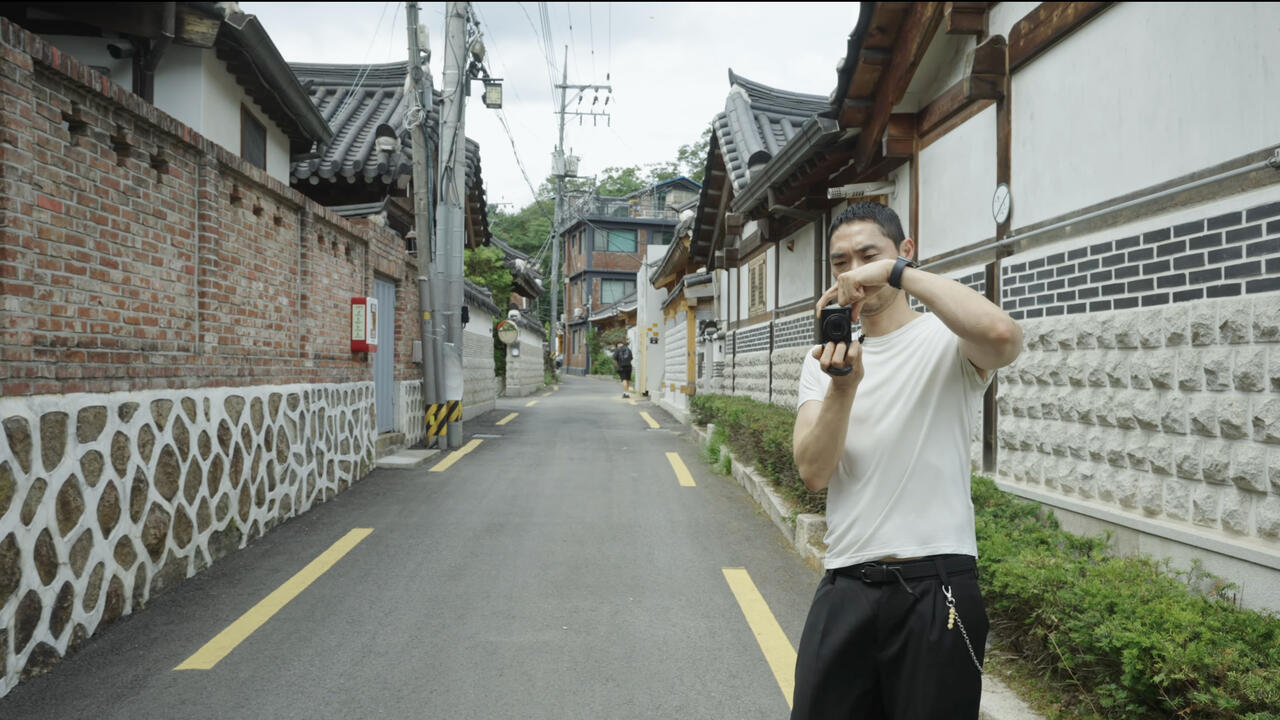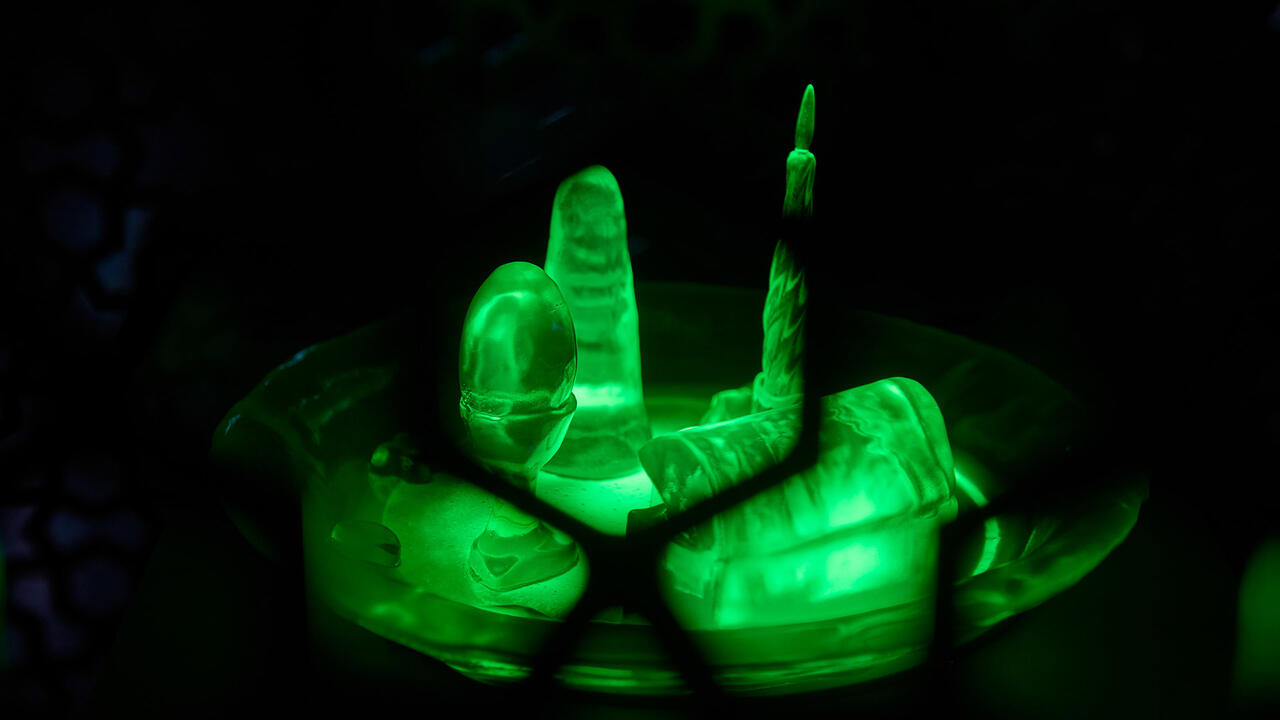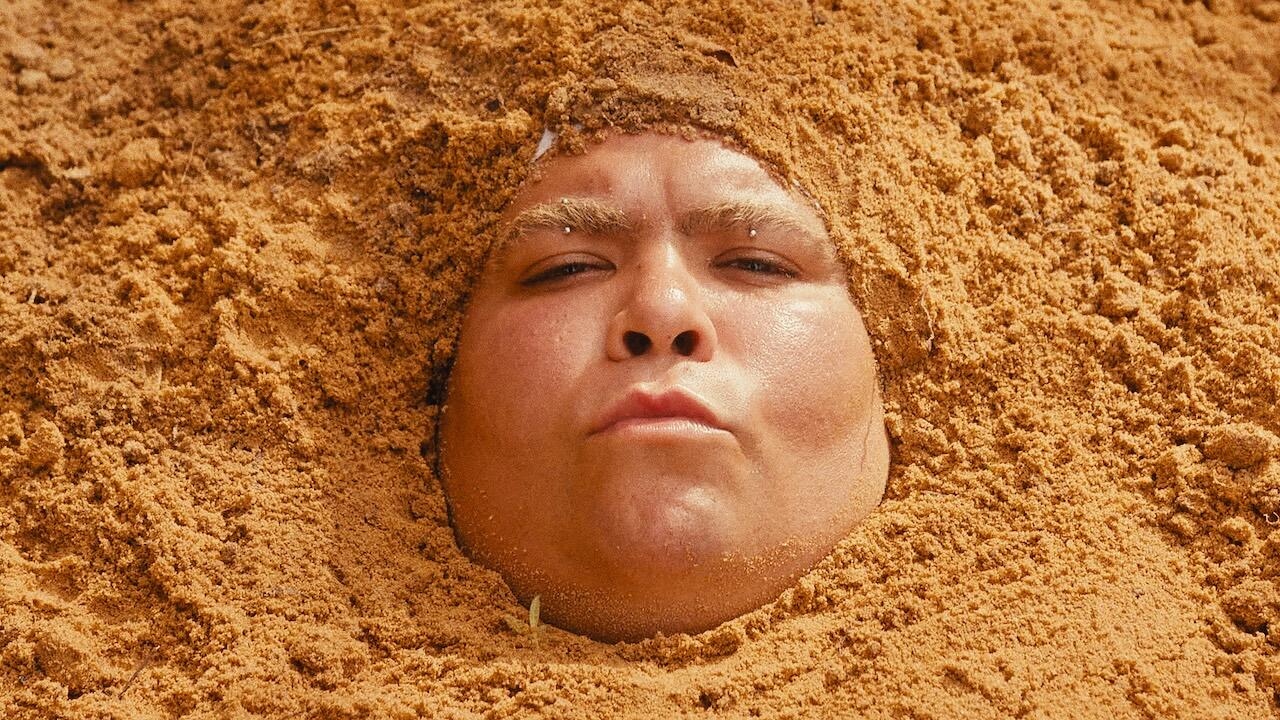Language Factory
An interview with Mel Bochner on words, portraits, Roget’s Thesaurus, colour, Jorge Luis Borges, humour, nostalgia and political engagement
An interview with Mel Bochner on words, portraits, Roget’s Thesaurus, colour, Jorge Luis Borges, humour, nostalgia and political engagement

Born in Pittsburgh in 1940, Mel Bochner moved to New York in 1964, where he began making work and writing criticism for Arts Magazine and Artforum. A member of the first generation of Conceptual artists, with his sculpture, drawing and photography he explored the opacity of language and questioned the authority of knowledge over perception. From the mid-1970s these inquiries were pursued within the medium of painting. Recently the Musée d’Art Moderne et Contemporain, Geneva published Bochner’s early writings, and he has designed the Carnegie Mellon University Garden in Pittsburgh, which will open next year. Some of Bochner’s 1966 ‘word portraits’ of friends such as Eva Hesse, Sol LeWitt and Robert Smithson were included in the Los Angeles’ MoCA show ‘A Minimal Future’ this summer, while his recent paintings – whose words are similarly sourced from Roget’s Thesaurus – featured in the Whitney Biennial earlier this year.
Mark Godfrey: How did you first get interested in using Roget’s Thesaurus in the context of making work?
Mel Bochner: I was very intrigued by the idea of portraiture. Within the self-imposed limitations of my work in 1966, how could one possibly make a portrait? Frank Stella had done a series of paintings that he titled with the names of friends: there’s a triangle called Leo Castelli and a square called Hollis Frampton [both 1963]. That willed conjunction between a word and a thing interested me. Rauschenberg’s Portrait of Iris Clert [1961] was also on my mind, and, of course, Apollinaire’s calligrammes [1918].I began wondering whether a portrait could be made using just words. But how could you only use words and not write poetry? Was there some way to use language outside poetry? One of the places to turn when you’re looking for words is the Thesaurus.
So everything started with the investigation of portraiture? You weren’t playing around with the Thesaurus before you came to portraiture?
No. I’d been working with numbers, as a kind of object-language. The Thesaurus represented another source of objectified language, a warehouse for words. I began by selecting a key word to represent the portrait subject. The device of the list, in the portrait of Ad Reinhardt, evolved from the practice of copying words out of the Thesaurus. For the portraits of Eva Hesse and Robert Smithson I wanted to change the viewer’s orientation to the page. To read the Hesse portrait you either have to continually rotate the drawing or else stand on your head. The Smithson is a verbal labyrinth: once you get in there, it’s hard to find your way out. If you do work your way to the end, it says ‘encore’ and you’re back to the beginning. The final problem was a self-portrait. It’s one thing to choose a word to represent someone else, but it’s very hard to objectify your own representation. So I took the words ‘self’ and ‘portrait’ as the key words. Self-Portrait [1966] lists the synonyms for ‘self’ to the left of the spine and words for ‘portrait’ to the right. When you read across, a totally un-predetermined phrase is created.
So when you get something like ‘Soul Symbol’, that just happened?
Just by juxtaposing the two lists.
The portraits almost predicted what happened later in the work of Hesse and Smithson. Did they become slightly uncanny to you because of this?
Not really. We spent a lot of time together, and by 1966 everyone’s thinking was pretty well outlined. So I don’t know if they predicted the future or simply mirrored that point in time.
If traditional portraits involve stealing the sitter’s subjectivity, yours don’t presume to know anything about the sitter, apart from the first word. Were you thinking about the ethics of portraiture?
‘Ethics’ is a bit grand. I was thinking about how you could represent and, simultaneously, not reveal.
Are they portraits of the artists or of their work?
Both, I would say. Probably no one today could decode what was meant by certain words within that context. There’s a lot of humour in them, but there’s also a subtext.
So though they could be read as getting away from the old model of portraiture, you’re suggesting that there’s a shared private language?
Any group of friends shares a private reference system. But retrieving that system, or decoding it, is not the issue.
For Roget the Thesaurus was about classification and order. But your ‘Thesaurus Portraits’ scramble his aims, ending up with a sense of chaos and randomness rather than order. Did you see them as a critique of the Thesaurus?
Not the ‘Portraits’, but I do see my new paintings that way. In 1966 I was simply using the Thesaurus as a source book. More recently, after I read the introduction to the 2002 edition, I began thinking about Roget’s intentions. Roget was a man of the Enlightenment, imposing grand, rationalistic categories like Mind and Ideas, or Behaviour and the Will on language. But that’s like trying to hold smoke in your hands. His classifications inevitably collapse because there’s no outside to language.
Why have you started using the Thesaurus again?
When I dug out the ‘Thesaurus Portraits’ for my retrospective at Yale University Art Gallery in 1995 and thought about them again, it seemed like there was more juice left in the idea. But at that point I didn’t know what the next step was. Then in 2002 I came across the new edition of the Thesaurus, and was really surprised by the way it included not only more up-to-date vernacular, but also outright obscenity. Since this is a book that gets into the hands of young students, it represented a huge cultural shift in what was permissible. Whatever Roget’s intentions were, the Thesaurus was adapting to contemporary mores. So I bought the new Thesaurus and just started fishing for words, letting the words themselves take me somewhere.
So the words in your new paintings come from thesauri and not slang dictionaries?
Well, recently I’ve been finding things on-line, obscure idiomatic and slang dictionaries. But mostly I stick with the Thesaurus.
You say that one impetus for this series of work was looking back on the occasion of the Yale retrospective. Some of the key words, such as ‘Nothing’ or ‘Meaningless’, are very much associated with your art criticism of the 1960s. Is this deliberate?
Yes. Certain words are indicative of an ongoing way of thinking about the world.
So the idea of a self-portrait hasn’t entirely disappeared; in some ways these paintings are portraits of your thinking.
That’s a fair statement.
The early ‘Thesaurus Portraits’ required the viewer to orientate their body around the drawing. All these paintings are on the wall and in the same format - what happens to that investigation here?
The issues remain, the means change. In the paintings I’m using colour to create the discontinuity. Every word is painted a different colour. Certain words are so close in value to the ground colour that they virtually disappear. Other colours are so intense they pop off the surface. So you are constantly refocusing your eyes, which makes a continuous linear reading of the words very difficult. Your eye begins to roam and your mind begins to wander. At this point, looking at the painting subverts reading it.
When you look at a thesaurus, many of the entries leap out simultaneously. Do your paintings visually in some ways represent the experience of looking through a thesaurus?
Perhaps, in the sense of the space inside the text. It’s a kind of Borgesian idea, a ‘garden of forking paths’. The endlessness and exhaustion of the thesaurus seep into the paintings.
As you get towards the bottom of the picture the words get funnier, ruder and more bodily. Do these paintings articulate other aspects of your work? Do you think they help to pull out the humour of those early ‘Thesaurus Portraits’?
The humour in these paintings has something to do with the devolution of language, from the formal and proper to the vulgar and nasty. There’s a narrative in that downward spiral. Of course, that raises the question of who is speaking. The artist? The thesaurus? A voice in your head?
At the Whitney Biennial I was trying to pay attention to what people were saying in front of the paintings. The whole room became a kind of social space. Viewers were reminded of people they knew. One person said, ‘Oh, your father uses that word a lot.’ They were wandering around, looking at them and saying ‘that must be an English phrase’, or ‘I think that comes from this place’. People have a lot of personal memories when they look at them.
Don’t you think that’s because memory is essentially more verbal than visual?
In the Biennial there was also a group of works about teenage life. Some of your paintings seem to represent teenage speech, both in terms of the words and the repetitiveness.
[Laughs] Having a teenage daughter has probably influenced my paintings. Living with a teenager is like living in a language factory.
The Borgesian idea that you were talking about before is now replicated on the Internet. Do you think the paintings could be thought of in connection to the Internet and search engines?
That comparison only goes so far, because these works are paintings, and what they say is said on painting’s terms.
It’s an intriguing idea that the Internet might be represented effectively in a medium that some people say is obsolete, but I don’t really want to go down the road of painting’s obsolescence in this conversation.
A hundred years before Warhol, Flaubert wrote of painting, in The Dictionary of Received Ideas – ‘What use is it, as machines can make things quicker and better?’ So painting’s obsolescence is already an old conversation. For me painting is a place to focus consciousness, using a number of specific instruments, like colour, shape and scale. Every one of these elements is a character with a role to play in the development of my ideas. And it seems to me if you can do something new within the conventions of any medium, then nothing is obsolete, nothing is used up.
Many artists are working with words in paintings at the moment. Is this context something that is on your mind?
No. My argument is with certain background assumptions of Conceptualism, which posited language as a direct connection to the artist’s thoughts. To me this was as bogus as the notion that a brushstroke offers a direct connection to the artist’s emotions. During the 1960s there was a belief that language was transparent. You read the text, you got the point, the language dissolved into the idea. A lot of recent word painting still operates from that same uncritical position. But that misses the real problem, which is the politics of language, its hidden ideologies. All abuses of power begin with the abuse of language – just read Orwell. What interests me is the opacity of language, because I don’t believe language takes you anywhere, except around in circles. That’s why my paintings end with a comma.
Would it be possible to situate your new paintings historically, at a moment when language is being used politically in such constricted terms as ‘good’ and ‘evil’?
Every work of art, in that sense, has a political dimension, although it usually goes unacknowledged. For me an artwork has to come to grips with life as it is being lived. In my recent paintings I’ve tried to foreground the ways in which language can be debased, and the discourse manipulated. That recognition, in itself, is political.
Recently there’s been a huge interest in the art of the 1960s and ’70s among curators and artists. At the Whitney there’s a focus on the memory of the protest movements – for example, in drawings by Sam Durant and Andrea Bowers. As part of that 1960s generation, how do you read this work?
One of the risks of the newer modes of appropriation and sampling is that they fetishize style for its own sake. There’s a certain level of narcissism, a lack of real social or political engagement, a self-congratulatory hipness, which I find problematic.
Are you saying that the almost obsessive fascination with the protest movements and the art of the late 1960s risks a kind of depoliticization of the art of the present?
Yes.
Some of those artists might say that the only way to be political now is to draw on models of earlier radicalism, or that all you can do is make a statement of the impossibility of radical protest now.
I don’t buy that. Not after two days of protest recently brought down the government in Spain. Nostalgia is a form of political passivity; all it signals is acquiescence in the status quo. The truth is, the 1960s weren’t all they’ve been cracked up to be. Anyway, it’s time to stop glamorizing them and get on with the work at hand.
Mark Godfrey teaches at the Slade School of Fine Art, University College London. He is working on a book on Abstraction and Holocaust memory for Yale University Press, and a monograph on Alighiero e Boetti for Reaktion.
















